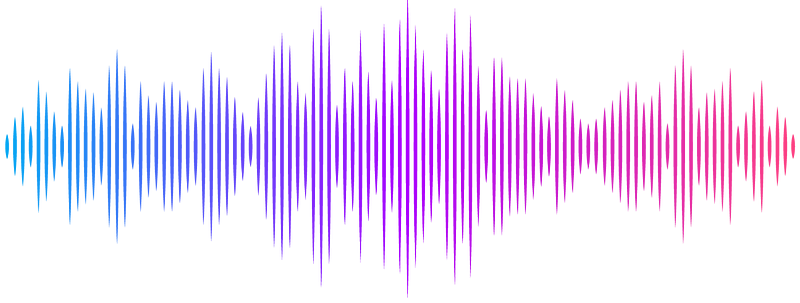Structures of native SV2A reveal the binding mode for tetanus neurotoxin and anti-epileptic racetams

Structures of native SV2A reveal the binding mode for tetanus neurotoxin and anti-epileptic racetams
Schenck, S.; Laeremans, T.; Steyaert, J.; Brunner, J. D.
AbstractThe synaptic vesicle glycoprotein 2A (SV2A) is a bona fide synaptic vesicle (SV) constituent of controversial function with homology to the major facilitator superfamily (MFS) and essential in vertebrate neurotransmission. Despite its high medical relevance as the target of the anti-epileptic drug Levetiracetam (LEV) and as receptor for clostridial neurotoxins (CNTs), among them several botulinum neurotoxin (BoNT) serotypes and potentially tetanus neurotoxin (TeNT), we lack detailed insight about these molecular interactions. We purified native SV2A from brain and subjected it to a structural analysis to advance our understanding of drug-binding to this enigmatic protein and explore structurally uncharacterized toxin-SV2A interfaces. Our analysis uncovered that TeNT binds SV2 proteins strikingly different from BoNT/A and delivers visual evidence for the dual receptor hypothesis through structurally resolved, co-purified gangliosides in the complex. The structures provide compelling support for SV2A as the protein receptor for TeNT in central neurons, recapitulate the geometry of CNT binding to dipartite SV2-ganglioside receptors on neuronal surfaces in a membrane-like constellation and have implications for toxin-engineering through a previously unknown SV2A-toxin interface. Further, a LEV-bound structure of SV2A reveals the drug-interacting residues and delineates a putative substrate pocket in SV2A. Our work provides an explanation for the SV2-isoform-specificity of LEV and its derivatives and paves the way for improved design of anti-convulsant drugs in epilepsy treatment.
